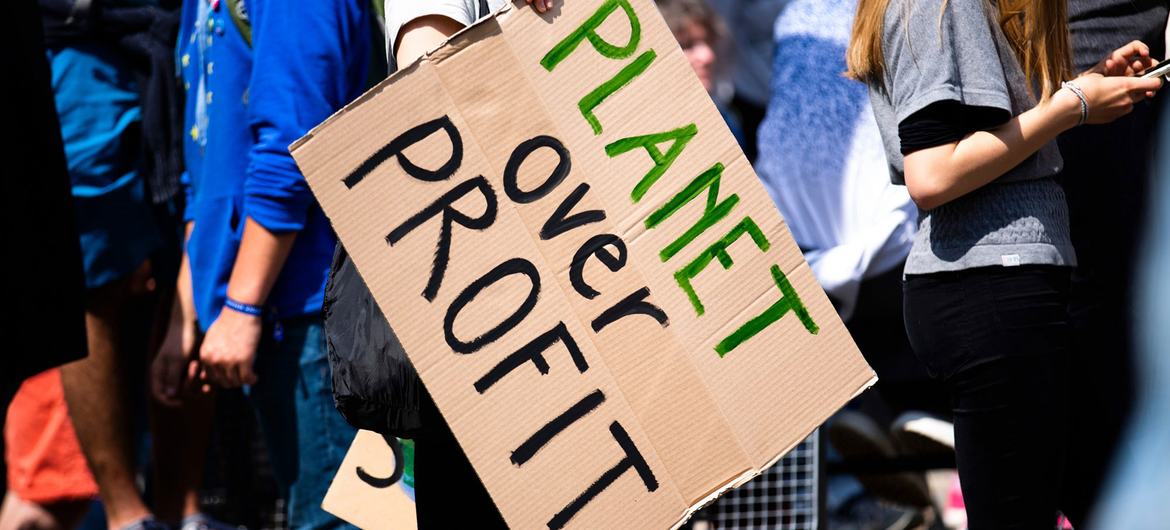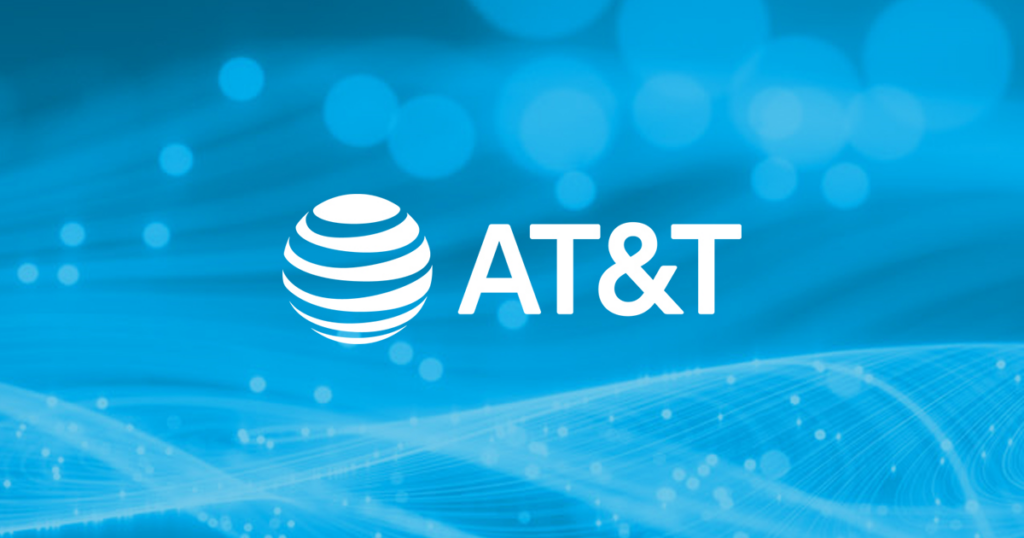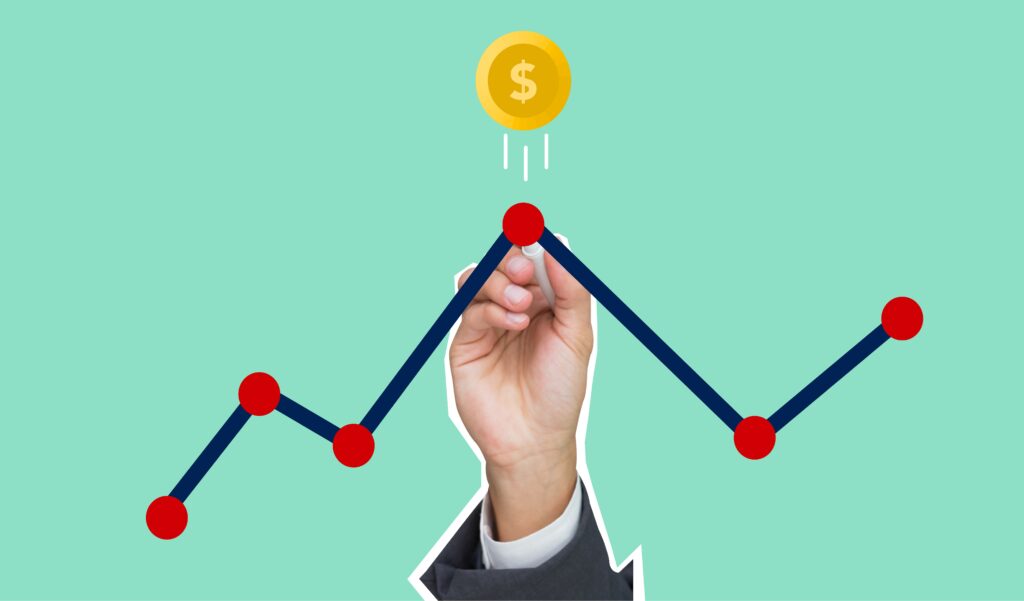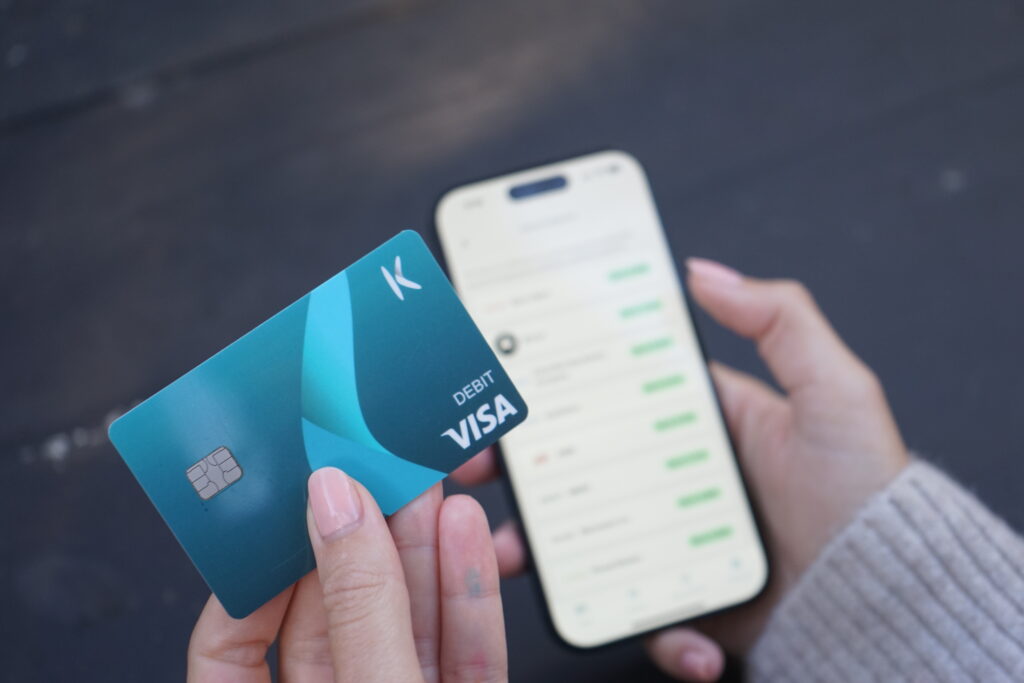What is Greenwashing? The Truth About Company Sustainability Claims
You deserve the truth – with no greenwashing. In this blog, you’ll learn how companies greenwash their products… and how it avoid it.
July 14, 2023

78% of US consumers say that sustainability is important to them, and prioritize shopping with values-aligned brands. This is awesome. The only downside? It’s led to greenwashing at higher rates than ever before. But what is greenwashing?
As consumers shift their shopping habits to be aligned with their values, companies are taking notice. Some companies are making meaningful changes to become truly sustainable.
Others… not so much.
Instead of working towards meaningful social and environmental initiatives, some companies are greenwashing. This means they’re misleading customers to think they’re eco-friendly – when they’re anything but.
The goal is to boost their reputation and sales by tapping into the growing demand for sustainable products and services. Customers think they’re doing the right thing by shopping with these brands – but aren’t truly supporting an ethical brand.
Let’s talk about what greenwashing is, how to spot it, and what to look for when shopping sustainably.
What is Greenwashing?
78% of Americans can’t define greenwashing.
But… the Roundup data shows that products that are marketed as sustainable grew 2.7x faster than their traditional alternatives.
In short, greenwashing misleads customers into believing a company’s products or practices are more environmentally friendly than they actually are.
This can be done with product packaging, marketing campaigns, deceptive language, overinflated statistics, or lack of transparency.
Greenwashing not only deceives consumers but undermines genuine sustainability efforts. Instead of supporting truly sustainable companies, consumers are tricked into supporting brands that greenwash.
By capitalizing on people’s good intentions, greenwashing erodes trust and makes it harder for consumers to make informed decisions.

How to Tell a Brand is Greenwashing
Now that we’ve answered the question ‘what is greenwashing’, let’s talk about how to spot it and how to stop it.
Here’s 4 things to look for that shows a brand might not be truly sustainable.
- Contradictions – true sustainability and social responsibility is holistic. A company needs to align their day-to-day practices with their environmental claims. For example, if a company claims to be eco-friendly because of their ingredients, but isn’t addressing their unfair sourcing practices or tons of plastic packaging… they’re probably greenwashing.
- Transparency – a brand should be able to give you all the information about their products or services. From manufacturing to materials to labor, look for detailed information and transparency from your brands.
- Third-Party Certifications – certifications help brands meet their sustainability goals, and ensure that their claims are meaningful and accurate. While some small companies might not have any third-party certifications yet, if a massive company doesn’t have any sustainability certifications but claims to be eco-friendly, they might be greenwashing.
- Vague Claims – don’t get tricked by marketing tactics! If a company only uses phrases like “eco”, “green”, or “natural”, but can’t back up why or how they are these things… red flag. Truly ethical brands will get specific about how they’re creating impact.

Fighting False Advertising
Now that you know what to look for, how can you find brands that are actually good for people & planet?
At Karma Wallet, we use 30+ third-party data sources to rate 15,000+ brands for their social and environmental performance. We map this data to the UN SDGs, then provide you a Company Report Card for every company.
This makes it easy to see what brands are actually sustainable, and who is simply greenwashing.
Ready to get started fighting greenwashing? Head to Karma Wallet and explore Company Report Cards.
















